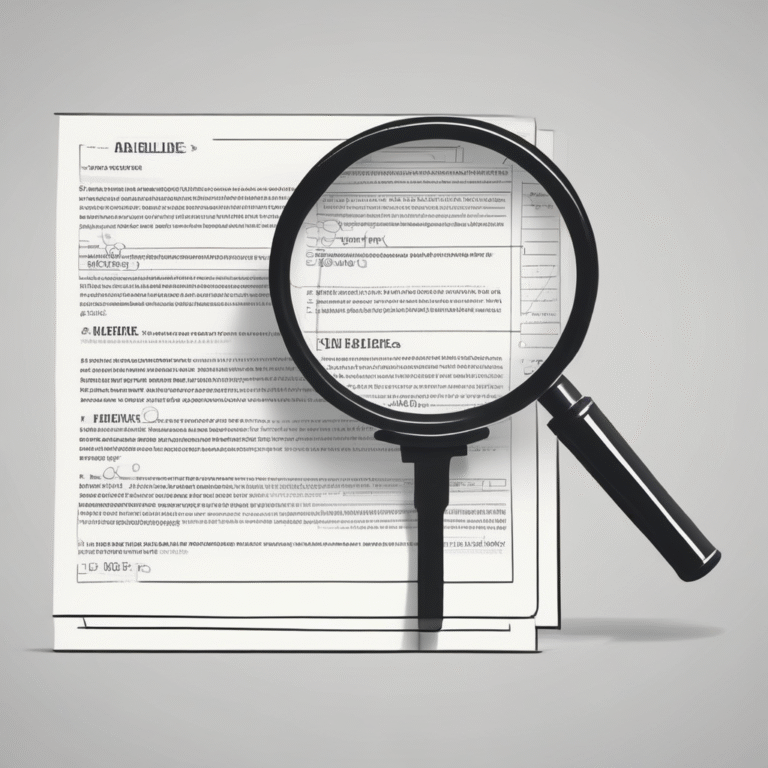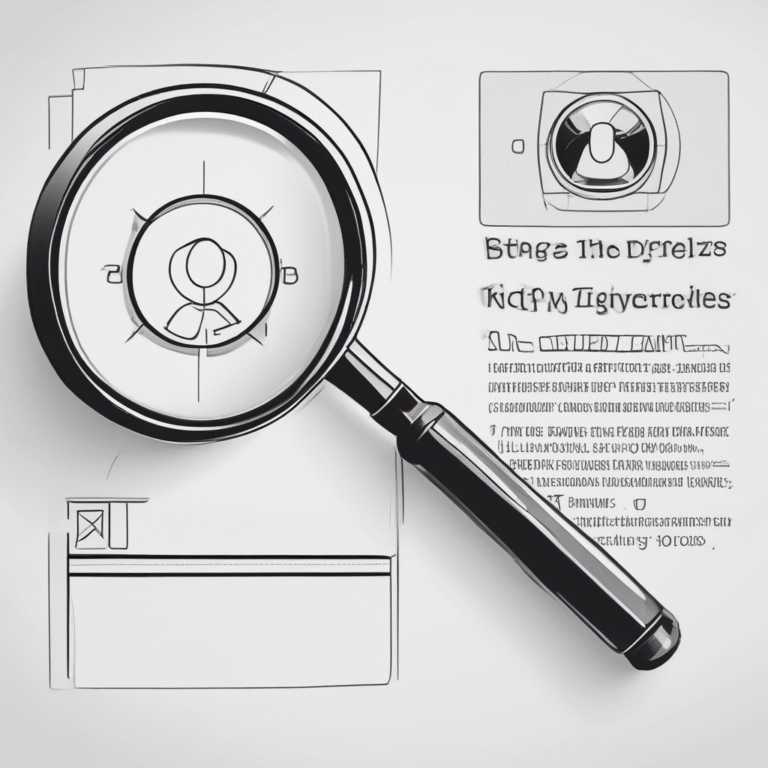EU AI Act Practical Guide to Compliance: Google’s Responsible AI Report and Its Shift in Ethics and Focus
Google Releases Responsible AI Report Amidst AI Regulation Policy Changes
Google has recently published its sixth annual Responsible AI Progress Report, which outlines the company’s initiatives in AI governance, risk management, and the operationalization of responsible AI innovation. The report also highlights Google’s $120 million investment in education and training, underlining the importance of AI literacy for meeting legal and regulatory obligations, such as those set out in the EU AI Act. This focus on AI literacy ensures that staff are equipped to understand AI systems and fulfill compliance requirements.
This report is particularly notable for what it omits: there is no mention of weapons or surveillance technologies, which has raised concerns among observers. Additionally, Google’s governance benchmarks reflect its commitment to AI Act compliance and practical compliance, demonstrating alignment with regulatory standards and providing actionable steps for responsible AI deployment.
Key Components of the Report
The report emphasizes several critical areas:
- Research Publications: Google highlighted the publication of over 300 safety research papers in 2024.
- AI Education and Training: The company invested $120 million in education and training related to AI.
- Governance Benchmarks: Google’s Cloud AI received a “mature” readiness rating from the National Institute of Standards and Technology (NIST).
Additionally, the report delves into security-focused initiatives, including the development of tools like SynthID, a content-watermarking technology designed to trace AI-generated misinformation.
Focus on User Safety and Data Privacy
Google’s report primarily centers on end-user safety, data privacy, and security, reinforcing its commitment to these principles while remaining largely within a consumer-focused narrative. However, the report does acknowledge the importance of protecting against misuse and cyber threats.
AI Systems and Risk Assessment
The EU AI Act introduces a comprehensive regulatory framework designed to shape the future of artificial intelligence across the European Union. At its core, the EU AI Act aims to ensure that AI systems are developed and deployed safely, ethically, and in a manner that protects fundamental rights. A key pillar of this framework is the requirement for thorough risk assessment of AI models and systems, which helps organizations identify, evaluate, and mitigate potential risks associated with their use in both physical and virtual environments.
Under the EU AI Act, AI system providers must implement a comprehensive risk management system that covers the entire AI value chain—from data quality and training data to the system’s intended purpose and output. This process involves regular risk assessments to determine whether an AI system falls into the category of high risk, minimal risk, or other classifications. High risk AI systems, such as those used in critical infrastructure, emotion recognition systems, or applications that could impact fundamental rights, are subject to the strictest requirements. These include maintaining detailed technical documentation, robust data governance practices, and prompt reporting of serious incidents to relevant national competent authorities.
A distinctive feature of the EU AI Act is its emphasis on human oversight. The regulation requires organizations to implement human oversight measures that allow for the detection and correction of errors, biases, or unintended consequences in AI systems. This is particularly important for general purpose AI models, which, due to their versatility, may introduce unique systemic risks. By mandating human oversight, the EU AI Act ensures that AI systems remain under meaningful human control and operate within clearly defined parameters.
The Act also introduces obligations for organizations to establish and maintain a quality management system that integrates risk management, data governance, and ongoing monitoring of AI system performance. This system should be capable of detecting decision making patterns, identifying potential biases, and enabling rapid corrective actions to maintain compliance with evolving regulatory requirements. Regular updates and risk assessments are essential to adapt to new AI technologies and address possible systemic risks.
Oversight and enforcement are coordinated by the European AI Office, which provides guidance and support to organizations navigating the complexities of the AI Act. The AI Office works closely with national supervisory authorities to ensure consistent application of the law and to address cases of non compliance. This collaborative approach helps maintain a high standard of AI governance across the European Union and supports organizations in meeting their obligations under the Act.
In summary, the EU AI Act introduces a robust and comprehensive legal framework for artificial intelligence, placing risk assessment, human oversight, and quality management at the forefront of AI regulation. By prioritizing these elements, organizations can not only maintain compliance with the AI Act’s requirements but also foster trust, protect fundamental rights, and ensure the responsible development and deployment of AI systems throughout the European Union.
Shift in Policy Regarding Weapons, Surveillance, and High Risk AI Systems
In a significant policy shift, Google has removed its previous pledge not to use AI for developing weapons or for surveillance of citizens. This section, titled “applications we will not pursue,” has reportedly been taken down from its AI principles. This change raises questions about the definition of responsible AI in the context of military and surveillance applications.
AI Principles, EU AI Act, and Future Directions
Alongside the report, Google announced updates to its AI principles, which focus on three core tenets: bold innovation, collaborative progress, and responsible development. The principles now emphasize aligning AI deployment with user goals, social responsibility, and adherence to international law and human rights.
This vague wording may allow Google to reevaluate its stance on military applications of AI without directly contradicting its own guidelines.
Industry Context: General Purpose AI Models
The changing landscape is indicative of a broader trend among tech giants regarding their stance on military applications of AI. Other companies, such as OpenAI and Microsoft, have also begun to explore partnerships with defense and national security entities, further complicating the narrative of ethical AI development.
Conclusion
Google’s Responsible AI Progress Report serves as a crucial document that reflects the company’s ongoing commitment to AI safety while simultaneously navigating the complexities of its evolving policies regarding military technology. The omission of certain topics and the adjustments to AI principles indicate a potential shift in focus that could have significant implications for the future of AI deployment and ethical considerations.










